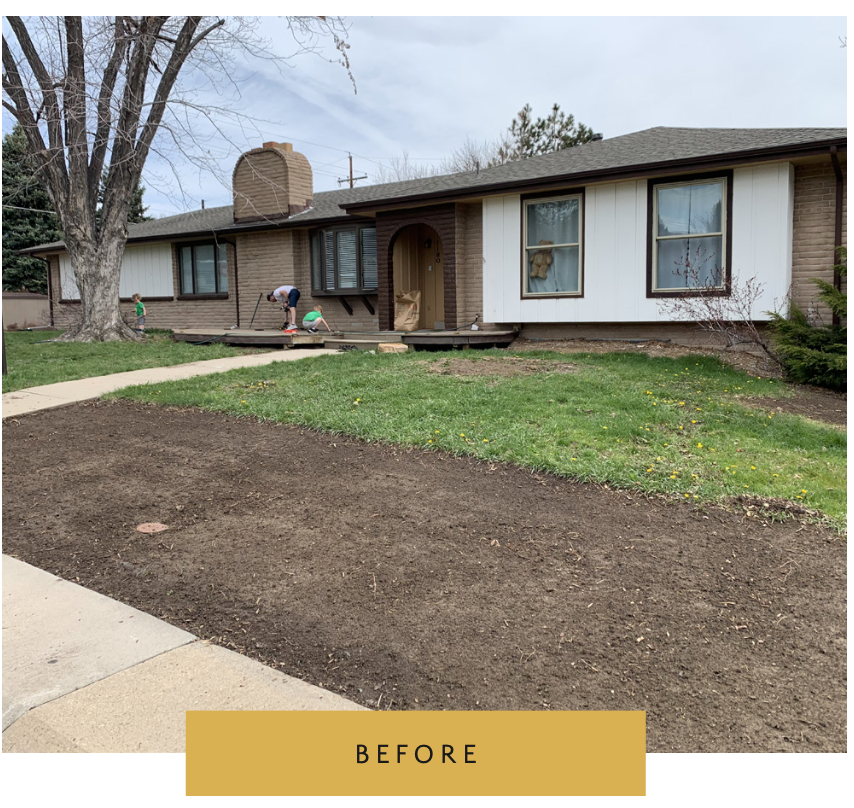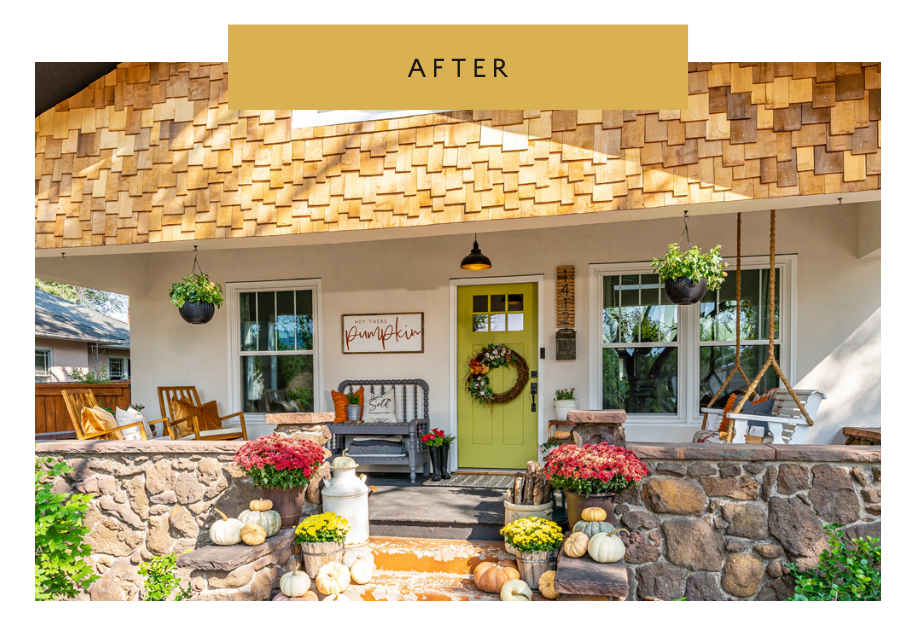In the early days of the pandemic, everyone wanted a home with a pool. (Within months of March 2020, pool manufacturers reported seeing orders surge by as much as 200 percent.)
Come on, what better way to ride out quarantine than with a blue water escape right in your own backyard? But, according to Thumbtack’s end of year bi-annual report, this trend took a serious dive by the end of 2021.
According to their findings, above-ground swimming pool installations are down 92 percent and in-ground swimming pool installations are also down 32 percent over the last three months of the year (and down overall compared to 2020). Thumbtack also reported a spike in swimming pool removals—up 59 percent compared to the previous year.
So, what gives? And what are homeowners coveting instead?
David Steckel, home expert for Thumbtack, says that the dip in pool popularity could come down to decisions about how people envision their backyard space. For example, homeowners who were once really jonesing to add a pool—or who bought a home with one already installed—may have concluded that it’s not worth the backyard square footage required to fit one in. “This new work, live and play from home world we’re living in means that usable square footage is gold,” Steckel says. And since the average size of an inground pool is 400 square feet, plus a three to four-foot walkway around the perimeter and a fence, he adds that that’s a lot of real estate that families could otherwise devote to trampolines, entertaining and other outdoor activities in their backyard.
In addition, people living in a cooler climates might find the costs associated with a pool to be high, considering there are only a few months out of the year in which it’s useable. Per Steckel, it’s approximately $80 to $200 per month for weekly pool cleaning services, $150 to $1,200 annually for repairs and $75 to $350 per year for inspections. And let’s not forget the rising costs of chlorine, which is now estimated to set you back about $300 to $800 per year.
Steckel also points to a generational gap. Of the seven million homes sold in 2021, more than half went to millennial buyers. And since millennials typically have younger families and might consider pools a danger, that could be another reason for the trend reversal.
So, what’s a good alternative if pools are no longer on your wish list? Hot tubs and spas are currently trending (up 44 percent over the last three months, per Thumbtack’s data) mainly because you can use them in colder climates and year-round. They’re also far more cost effective than a pool and require significantly less maintenance, typically about $75 a month, according to Steckel.
Still, as with all things home-related, he says that trends like this tend to be cyclical. “In some real estate cycles, having a pool negatively affects resale value whereas in others, pools seem to reduce the time a home is on the market.”
In the meantime, we’ll be Googling hot tub ideas…
Read more on PureWow.
Related Links
Homebuyers are rushing to get mortgages before higher rates price them out
How To Become Head of a Household: Homebuying and Mortgage Guide for Singles
If there is a home that you would like more information about, if you are considering selling a property, or if you have questions about the housing market in your neighborhood, please reach out. We’re here to help.









